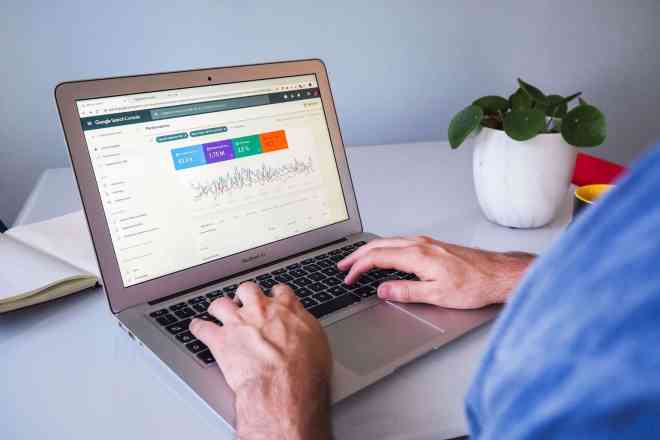Just what is geotargeting and how does it help your business? Geotargeting delivers content to site visitors based on their location. You can also use it to narrow down who sees a particular ad, which is especially beneficial for local businesses. Geotargeting can be based on location, zip code or even IP address.
The pandemic forced many people to stay home and shop online, which resulted in rapid growth for online retail stores and marketing. A look at e-commerce app downloads shows just how fast digital shopping grew in the past year or so. Installations of online retail apps grew 55% on Android devices and 32% on iOS.
People are ready to go shopping, but they want to at least start the process online. Geotargeting is trending for next year and likely many years to come.
What Is the Difference Between Geotargeting and Geofencing?
While they have a similar function, geofencing is much more targeted and a component of geotargeting. It draws a virtual fence around a location. Geotargeting uses geofencing and other methods to reach the marketer’s exact target audience and deliver a personalized ad or content.
How can you implement geotargeting in your promotional efforts? Here are our favorite actionable tips to get started:
1. Know Your Locations
Start by thinking through the areas your business serves. An e-commerce company may have a wider demographic, but you still might see a big portion of your customers clustered in a particular city or region of the country.
Map out your customer locations so you can see both underserved areas you want to target and where most of your traffic is from. When it comes to figuring out what is geotargeting, location is the most significant determining factor.
2. Choose Your UVP
Once you have an idea of who your target audience is, it’s much easier to figure out their pain point and explain your unique value proposition (UVP) from their perspective. For example, if a pain point is dishes left with spots, the UVP might be that your cleaning tablet is the best at removing water spots.
The UVP focus might change, depending on the person’s location and their most likely pain point. You can change your landing page to best suit the person arriving on your site. With 31.7 million plus small businesses in the United States, finding standout traits requires a lot of planning and forethought. Take the time to come up with on-point UVPs written in the language your customers understand best.
3. Eliminate Some Areas
What is geotargeting’s flip side? Just as you’ll use geotargeting to find the locations most likely to buy your goods or services, you can also use the inverse and exclude areas you don’t want to target. For example, if you have a competitor with a household name, you might choose to spend your marketing dollars a bit more wisely and go after only underserved areas.
Don’t be afraid to set your advertising to reach only those areas you want to target most. There’s no sense in wasting money or effort going after people loyal to another brand.
4. Utilize Location Extensions
There is a difference between people who search for your location name and who are actually located in the area. For example, someone who lives in eastern Kentucky may search for Cincinnati businesses, because the city is close. However, they are more likely to go with a local brand.
Use location extensions to seek only those browsers who are in your area and most likely to turn into a lead. You can geotarget people based on area code, for example.
5. Perfect Your Timing
There are occasions when you want to serve an ad at a particular time within a particular geographic location. One example might be a big event occurring in your city. You want to push an ad to those individuals as they enter the city and offer a special coupon or offer if they come to your establishment.
A recent survey showed about 50% of smartphone users spend five to six hours per day on their devices outside of work. Another 22% indicated at least three hours of use per day. Pushing an ad on social media or via search engines as the lead enters your geographic zone makes perfect sense.
6. Test the Waters
Are you thinking about trying a new location and seeing how users respond to your ads? You can always start small with less money and push your ad to a select segment of your audience. See how they respond and if the ads pay for themselves before adding more.
You’ll want to fully understand each platform you advertise on. For example, the image you use on Facebook can mean the difference between a lead ignoring your ad and clicking on it. Don’t be afraid to change wording, offers and images to see what your clients respond to.
7. Utilize Google Trends
When scheduling Google ads, remember to check current trends. Society changes rapidly and people develop new interests. Pay attention to what’s popular so you can jump in and serve up an ad likely to get attention.
Even small things, such as seeing it is snowing and offering a snow flurry discount for the day can have a huge impact on revenue.
Tap Into your Options
When it comes to geotargeting, you can use it for far more than just figuring out who to show ads to. You can personalize different content and provide options for those who visit your site based on their location.
You can send out pings to people as they enter your area and invite them to stop in. You can advertise to a select audience and exclude others to save money. What is geotargeting? It is digging deep into what makes your customers tick and choose where you’d like to reach them for the best marketing results.


